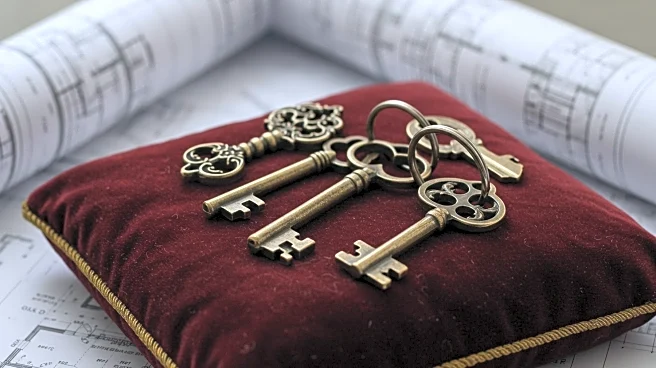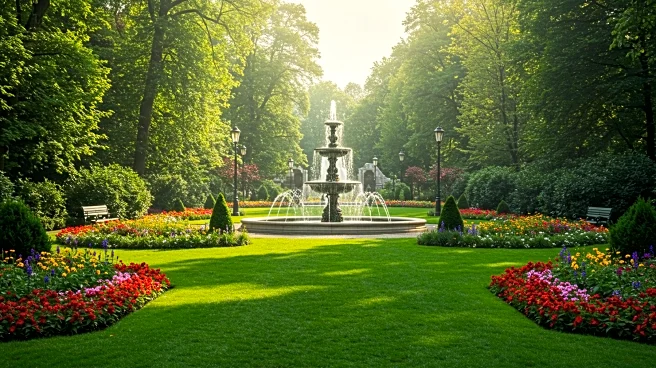What's Happening?
Chicago's historic buildings, many of which were constructed after the Great Chicago Fire of 1871, are being repurposed into hotels. These structures, known for their architectural significance and historical value, are attracting tourists who seek unique accommodations. The transformation of these buildings into hotels is part of a broader trend of adaptive reuse, where old structures are given new life while preserving their historical essence. Notable examples include the Kimpton Gray Hotel, housed in the former New York Life Insurance Building, and the Hampton Inn in the former Chicago Motor Club Building. These conversions are driven by the buildings' prime locations and distinctive architectural features, making them ideal for hospitality use.
Why It's Important?
The adaptive reuse of historic buildings into hotels not only preserves Chicago's architectural heritage but also contributes to the city's tourism and economy. By maintaining the historical integrity of these structures, developers are able to offer guests a unique experience that blends history with modern amenities. This trend supports sustainable development by reducing the need for new construction and minimizing environmental impact. Additionally, the preservation of these buildings is supported by tax incentives, which encourage investment in the rehabilitation of landmark properties. The success of these projects highlights the potential for historic preservation to drive economic growth and urban revitalization.
What's Next?
As the demand for unique travel experiences continues to grow, more historic buildings in Chicago and other cities may be converted into hotels. This could lead to increased investment in the preservation and rehabilitation of historic structures, supported by government incentives and public interest in sustainable tourism. Developers and architects will likely continue to explore creative ways to integrate modern amenities into these historic spaces while maintaining their original character. The trend may also inspire similar adaptive reuse projects in other urban areas, contributing to the preservation of cultural heritage on a broader scale.
Beyond the Headlines
The transformation of historic buildings into hotels raises important questions about the balance between preservation and modernization. While these projects offer economic and environmental benefits, they also require careful consideration of the cultural and historical significance of the structures. Ensuring that the stories and heritage of these buildings are honored in their new roles is crucial for maintaining their value as cultural landmarks. Additionally, the success of these projects may influence public policy and urban planning, encouraging more cities to adopt similar approaches to historic preservation and adaptive reuse.













